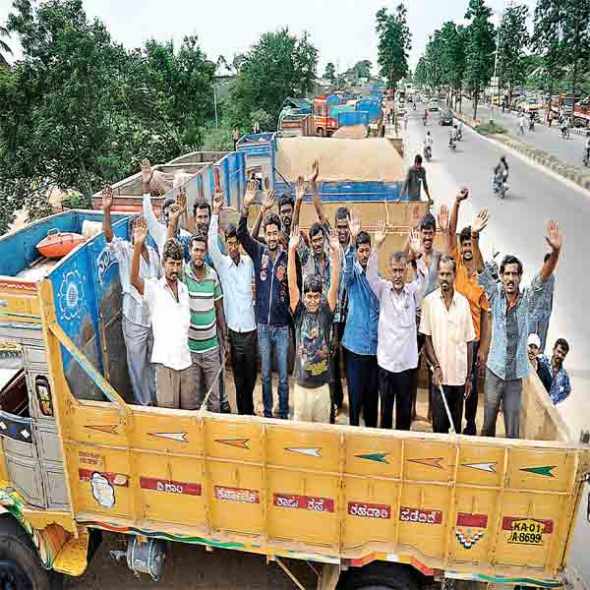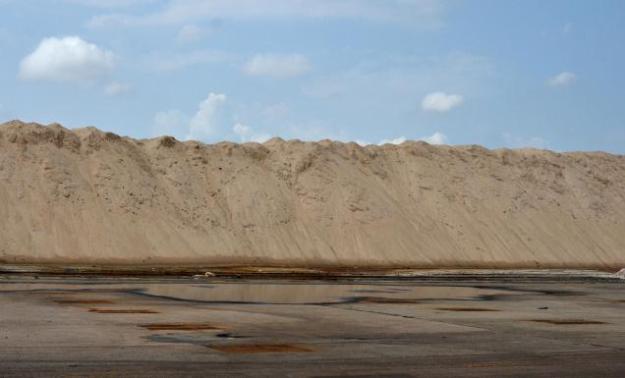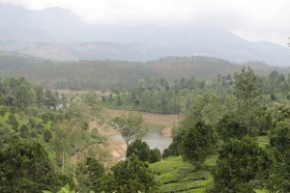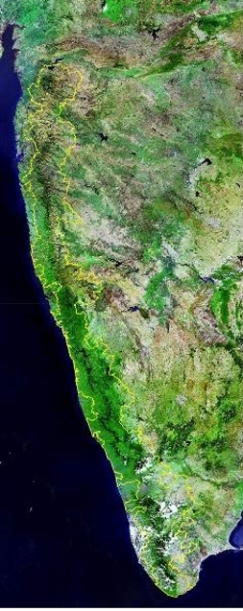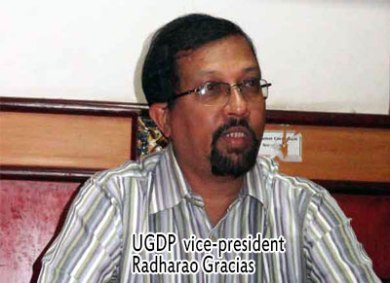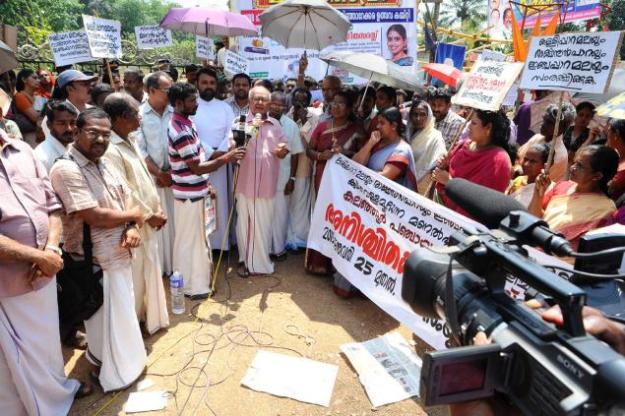About 15 trucks cross border everyday; sand sold at `60,000 per load’

Though sand transportation from Karnataka to neighbouring states was banned in 2010, rampant sand transportation to Kerala is going on with the connivance of authorities concerned. The modus operandi is that under the guise of silica sand, river sand is being transported in large scale.
The silica sand is a type of sand which is exempted from the ban under the provision of mineral based industries, as it is the procurement material for manufacturing glass and tiles. Misusing the pass to transport silica sand, sources said that minimum 15 lorries with river sand are daily crossing Talapady border. The sand was said to have mainly transported to southern districts of Kerala, selling it for an exorbitant rate of Rs 60,000 per load.
Modus operandi
The pass issued by the department of mines and geology, Karnataka government is from Udupi as under Mangalore limits there is no lessee for silica sand.
This Karnataka pass, obtained through unscrupulous methods with the help of authorities has been used in two ways. One, river sand from Nethravathi is being transported to Kerala, by showing silica sand passes in Talapady, Manjeshwar and Cheruvathur check posts.
As officials at check posts never check the goods in the lorries, the sand mafia has an easy go. Secondly, sand from the rivers of Kerala, from Manjeswara, Paivalike, Mangalpady, Vorkady, Meencha will be transported towards the southern districts showing Karnataka silica sand passes in Cheruvathur check post.
Rarely if any official goes on to search the lorry, they can only see silica sand on the surface. For, it is a trick to put silica sand on the top of river sand to cheat officials. Often metal powder mixed with silica sand will be powdered on the surface in two inch thickness to hoodwink officials.
Officials hand in glove with mafia
It is alleged that officials are hand in glove with the sand mafia for the illegal transportation of sand.
It is said that the silica sand passes issued by Udupi mines and geology department is easily available by paying Rs 3,000 for each pass. One pass is used for one load.
At check posts also, officials turn a blind eye towards this, it is alleged. A few days ago, locals at Kumbala in Kerala nabbed a mini lorry carrying river sand under the guise of silica sand and handed over to the police.
But the vehicle along with the sand was allowed to go without any investigation. If in case media follows the issue, police will send the sand for forensic examination to verify the type of sand and the result will ‘never come up,’ it is also alleged.
Deputy Director of Mines and Geology (Mangalore) Harish H P said that some might be misusing silica passes as the department in Udupi has not made it mandatory to carry sand only in GPS fitted vehicles. “In Mangalore, it is mandatory that sand carrying vehicles should have GPS system. Then we can find as to where does the vehicle is heading to. Also, if the sand is transported towards bordering villages, the letter of Gram Panchayat concerned should also be produced,” he added.
Though sand transportation from Karnataka to neighbouring states has been banned in 2010, an interim exemption was allowed to Lakshwadeep from last January.
Source: Deccan Herald
